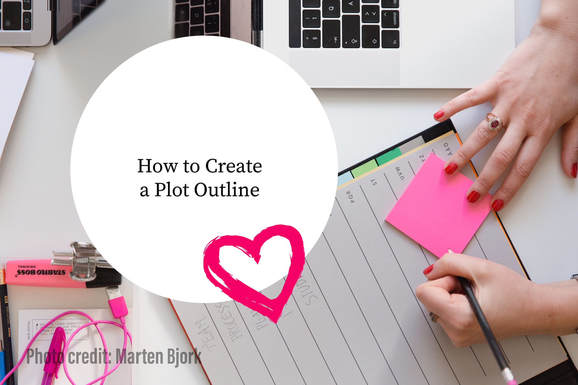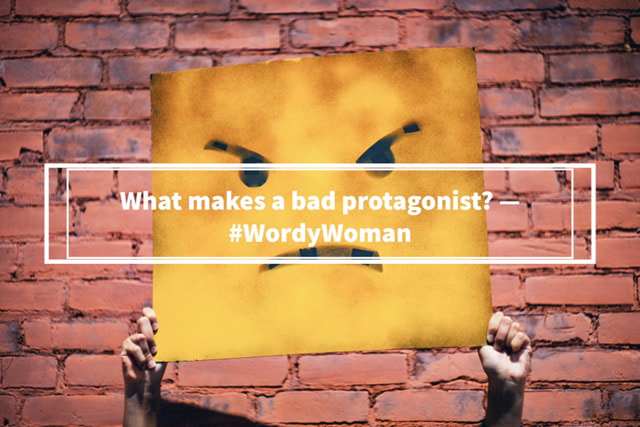|
Do you have a manuscript ready for others to read? Maybe you’re handing it off to critique partners, an agent, a publisher, or an editor. Before you send your draft to someone, below are a few simple tricks to help kick your story into shape.
I’ve edited and critiqued many manuscripts, and my stories have been critiqued and edited by many others as well. All in all, I’ve realized writers make the same mistakes, some more than others. Hopefully, this post will help improve your writing.
0 Comments
The following section is pulled directly from my newest book, A Wordy Woman’s Guide for Writing a Book. How is a scene different than a chapter?A book consists of scenes and sequels. Each scene is the “place” where a particular part of your story is carried out. If your protagonist has an argument in his office, then that scene contains an argument in the office. The way your protagonist feels and responds to that argument is the “sequel.”
Glossary Manuscript: A story that’s written but not published yet. Words: In regards to a book's length, this is the number of words per book. I’ve seen and heard this question asked many times. Heck, at the beginning of my writing journey, I had the same question. How long should my chapter be? One answer was given over and over: There isn’t one way to write a chapter, and your chapter should be as long or as short as your story needs it to be.
Writing goals can be tricky, especially for a new writer who doesn’t know how long it takes for them to write a book. But goals are important and they’ll help you write even if you’re “not in the mood.” As soon as I start writing, 8 times out of 10, that drabby mood disappears and I’m in love with the words again.
When you have an idea for a new book on the horizon, it may require research. Some books require more research than others, and some books may require more research later in the writing process rather than in the beginning. But for those aspiring writers who find themselves researching for hours and hours before they ever start writing their book, this blog post is for you. What types of bookish stuff might need to be researched?
Glossary
Inciting Incident: In the first two chapters of your story, something will take place—causing conflict—that catapults your protagonist forward on a new path. If nothing happens, then there’s no reason for your protagonist to change, which means there’s no story. This important event is called the inciting incident. Point of No Return: This is the time when your protagonist is forced to completely leave their old world behind. Your protagonist is unable to move backward due to their newfound knowledge and choices they’ve been confronted with.
Why is a plot outline good for your writing? Not every writer creates an outline, but many writers do. You don’t have to know exactly what will take place in each chapter before you write, but the more you know, the better. I’ve known many writers, including my younger writer self, who have written their stories into dead-ends by not having an outline.
Glossary Genre: A genre is a specific group for categorizing similar books Protagonist: The main character of your story. You can have more than one main character, but normally, one will rise above the rest. I’ve been asked this question by friends many times. If you have an idea for a story, what’s the next step?
Sometimes you may start with an idea for a plot, and other times you may have an idea for a character. If you find yourself stuck, figure out the stakes for your protagonist. What sort of conflict will your protagonist run into throughout the story? If you have a few ideas for scenes, write those scenes down first. After that, do a bit of research about the town (or a similar one) where you want your story to take place. Look for nearby locals in that town to give you a few ideas for possible scenes. Below is a four-step process to start you in the "write" direction for writing your book. If you can complete these steps, you have the workings of a story! Glossary Antagonist: The antagonist (also called the villain) stands in the way of the protagonist from achieving his/her overall goal. A villain can also be an inanimate object that is possessed, a political faction, a terrorizing animal, or anything else non-human. There can be multiple types of antagonists, but usually one will stick out most. Protagonist: the main character. Even if your story is told from multiple POV, there will be one main character that stands out above the rest. It’s the character that your story opens with in Chapter One and ends with in your last chapter. Manuscript: a story that hasn’t been published yet. I love a good book! And I dislike books that flip back-and-forth between the same types of scenes over and over again.
I read one book where half the scenes took place in the same hospital room, without anything new happening. Yes, there was a hot doctor, and there was a bit of strife between the patient (main character one) and her sister (main character two). But for the most part, the book was boring. I’m sure this answer varies from reader to reader, and from writer to writer. But a good protagonist is a character that makes hard decisions, faces conflict more than once, and has a relatable disposition.
The process of writing varies among writers, but I found these four steps to be a good overview. These steps mesh with figuring out the age of your protagonist.
So, you want to write a book? Where do you begin? This is the question many aspiring authors have when they think about writing their first book. They wonder if they have the skills necessary. I’m here to tell you, “You begin with an idea and you have the skills!”
|
Archives
January 2019
Categories
All
This website uses marketing and tracking technologies. Opting out of this will opt you out of all cookies, except for those needed to run the website. Note that some products may not work as well without tracking cookies. Opt Out of Cookies |













 RSS Feed
RSS Feed

